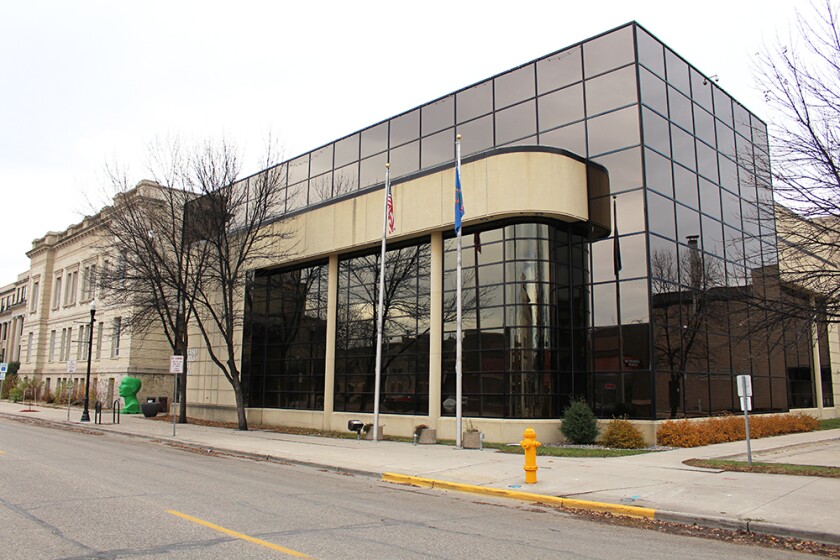As Grand Forks looks to sunset its original business loan program, another one is waiting in the wings to take over.
At the request of city staff, members of the Growth Fund Committee voted Monday, March 22 , to de-federalize the city’s revolving loan fund, set up by the U.S. Economic Development Administration more than 20 years ago.
Those funds, which revert to local control, will likely then be used to match an anticipated EDA grant to turn the Grand Forks Herald building into a tech hub. The city had the option of retiring the federal strings of the loan fund, along with its burdensome reporting requirements, and making it instead into a city-controlled business loan program.
“It's a matter of priorities. What would you rather spend that money on?” said Meredith Richards, director of community development. “Would you rather have it as a revolving loan fund that's just locally managed, or would you rather take that funding and use it for the fit-up of the Herald building?”
Started in 1997, the EDA loan fund was set up with $2 million to provide businesses with low-interest loans, as they recovered from the flood.
ADVERTISEMENT
But that doesn’t leave the city without a tool in its economic development toolbox. The COVID Response Unmet Needs (C-RUN) revolving loan fund is poised to take its place, after its $1.3 million have been expended to help businesses through the pandemic. Once that happens and businesses begin to repay those loans, EDA requirements, such as only using the funds for pandemic-related purposes, disappear, and the city will be left with a loan fund that largely resembles its original one.
The plan carries some risk, for both the grant and C-RUN. Retiring the proven revolving loan fund means the city gets about $1.385 million to be put toward the Herald building. Those funds are intended to be used to provide a 50% local match for a $1.08 million EDA grant for construction costs to refit the building. The city applied for the grant in September, but it has yet to be approved. That same month, the EDA denied a separate $600,000 grant request that would have partially funded the mentoring and training programs for tech start-ups that relocate to the hub. Richards, however, told the Herald she feels optimistic about the construction grant.
“We have heard nothing official from EDA, but very positive things,” she said.
As for the C-RUN program, the clock is ticking on when the funds need to be spent. The city has until June 2022 to lend the balance of the fund, otherwise leftover money may need to be returned to the EDA, which could then shift it to a community that has exhausted its share of money for business loans. Likewise, the city could receive extra funding should C-RUN quickly be loaned out.
To date, eight companies have received C-RUN loans totaling about $320,000, since the program was started in September. City staff at Monday’s Growth Fund meeting said demand for the loans has been sluggish, due to a variety of factors including hesitancy to take on more debt, and lack of familiarity with the program. The committee on Monday authorized changes to the program to make it more attractive. Changes include expanding the term from five to seven years, and allowing companies to use the loans to buy equipment, as well as raising the cap on the loans from $50,000 to $200,000.
Considering those changes, along with a more aggressive information campaign for the program, Richards said she believes the fund can be fully utilized, and there is an opportunity to see it grow through additional EDA money.
“We have shown our ability to expend these funds, and if (the EDA) provided us with the opportunity, we could expend even more,” Richards said.









